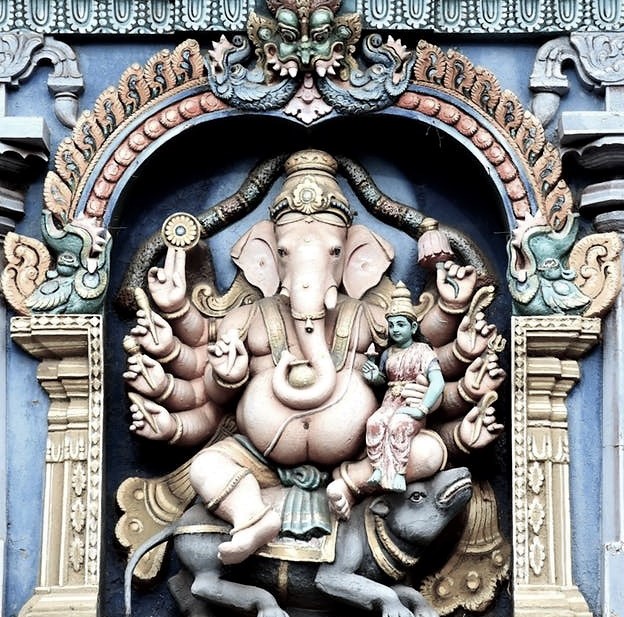- Special FeaturesFoundation Year1939Sthala TreeTheerthamRathamArchitectureNagara style of Hindu temple architectureOther SpecialityIt is also known as Laxminarayan Temple.
- Sthala Puran
The construction of the temple dedicated to Laxmi Narayana started in 1933, built by industrialist and philanthropist, Baldeo Das Birla and his son Jugal Kishore Birla of the Birla family, thus, the temple is also known as Birla Temple. The foundation stone of the temple was laid by Jat Maharaj Udaybhanu Singh. The temple was built under the guidance of Pandit Vishwanath Shastri. The concluding ceremony and Yagna were performed by Swami Keshavanandji. The famous temple is accredited to have been inaugurated by Mahatma Gandhi in 1939. At that time, Mahatma Gandhi kept a condition that the temple would not be restricted to the upper-caste Hindus and people from every caste would be allowed inside.
This is the first of a series of temples built by the Birlas in many cities of India, which are also often called Birla Temple.
The temple is spread over an area of 7.5 acres (30,000 m2) approximately and the built up area is 0.52 acres (2,100 m2).
- Architecture
Its architect was Sris Chandra Chatterjee, a leading proponent of the "Modern Indian Architecture Movement." The architecture was influenced heavily by the principles of the Swadeshi movement of the early twentieth century and the canonical texts used. The movement did not reject the incorporation of new construction ideas and technologies. Chatterjee extensively used modern materials in his buildings.
The three-storied temple is built in the northern or Nagara style of temple architecture. The entire temple is adorned with carvings depicting the scenes from golden yuga of the present universe cycle. More than a hundred skilled artisans from Benares, headed by Acharya Vishvanath Shastri, carved the icons of the temple. The highest shikhara of the temple above the sanctum sanctorum is about 49 m (160 feet) high. The temple faces the east and is situated on a high plinth. The shrine is adorned with fresco paintings depicting Shastri's life and work. The icons of the temple are in marble brought from Jaipur. Kota stone from Makarana, Agra, Kota, and Jaisalmer was used in the construction of the temple premises. The Geeta Bhawan to the north of the temple is dedicated to Krishna. Artificial landscape and cascading waterfalls add to the beauty of the temple.
- Alankar of Deity
- Prayers and BenefitsSpecial Vratas and PrayersOfferings to DeityStotras and Mantras
- Festivals
- Sodasha Upcharas
- Prasadhas
- Social ActivitiesAnnadhanMarriageEar BoringHead ShaveDanaasEducation FacilitiesSocial DrivesOther Activities
- Arjita Seva
- Tags

